1. Different formations
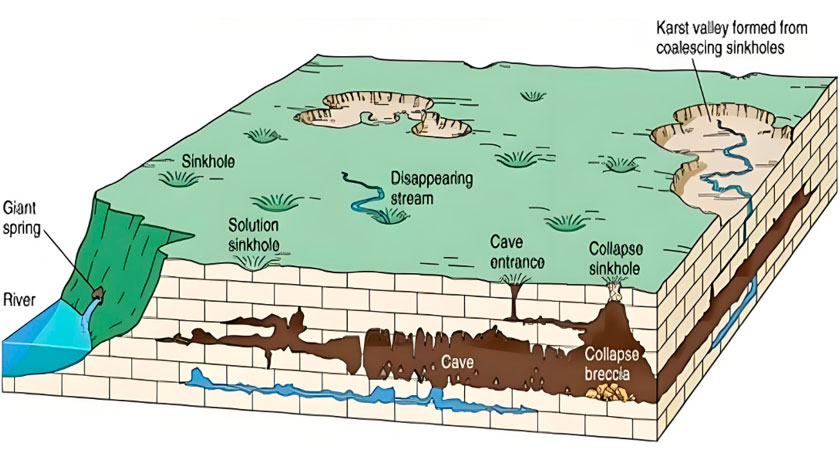
Limestone is a sedimentary rock formed by calcium precipitation. Its formation has gone through hundreds of millions of years of geological changes. It is gradually formed through the deposition of marine remains, chemical reactions and other methods. Limestone not only occupies an important position in nature, but also plays a pivotal role in human society.
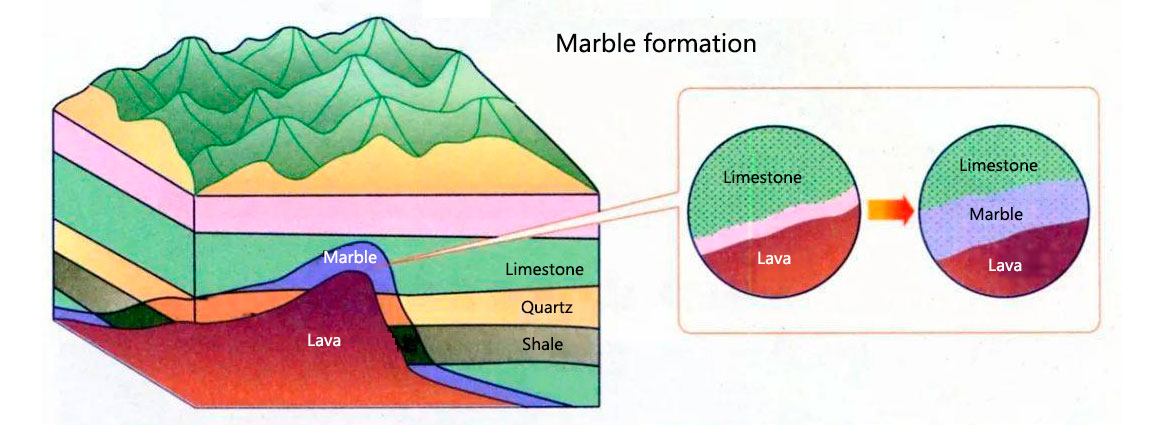
Marble is a natural metamorphic rock formed by porous carbonate rock or limestone under high temperature and high pressure. It undergoes strong extrusion, folding, twisting, fracture, folding and other crystallization processes underground. The mineral composition and organizational structure of the rock are constantly changing. After a long geological evolution, marble, a beautiful natural stone, is formed.
2. Different composition
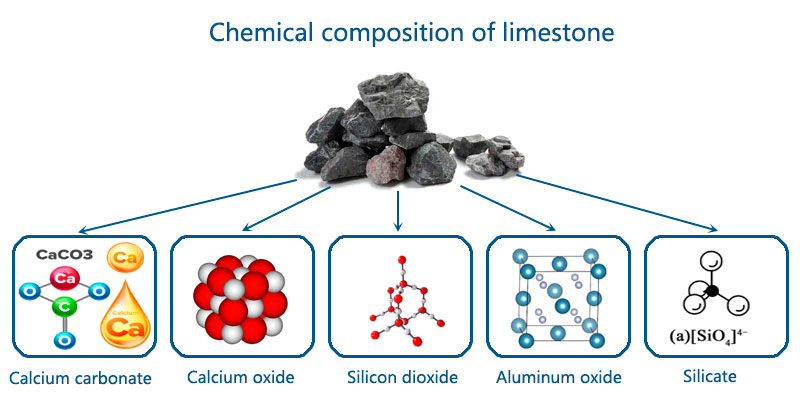
Limestone is mainly composed of calcite. After burning, it can be turned into quicklime. The main component is calcium carbonate, with a content of more than 90%. The chemical composition of quicklime is calcium oxide. It looks like a block, and its color is light gray or light yellow, usually with some impurities. Slaked lime, also known as slaked lime, is another type of limestone. It is formed by quicklime becoming moist or adding water. In addition, limestone also contains silicon dioxide, calcium oxide, silicate, manganese oxide, iron oxide and other components.
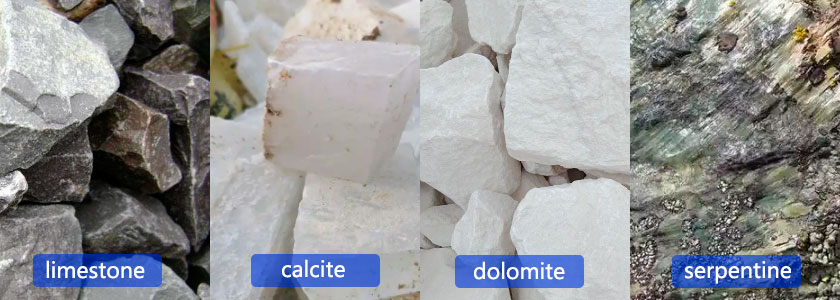
Marble is a hard stone formed by calcium carbonate, which is composed of limestone, calcite, dolomite and serpentine. The main component is calcium carbonate (accounting for more than 50%), in addition, it also contains calcium oxide, magnesium carbonate, manganese oxide, etc. It has high hardness, high density, and the cut surface shows fine lines and unique crystal structure. Marble has strong plasticity, and its surface gloss and texture are better through grinding and polishing.
3. Different colors
Limestone is generally light gray or white, and sometimes there are variants such as red, brown and black. It does not have as many colors as marble, and often has a uniform color distribution or blocky structure.
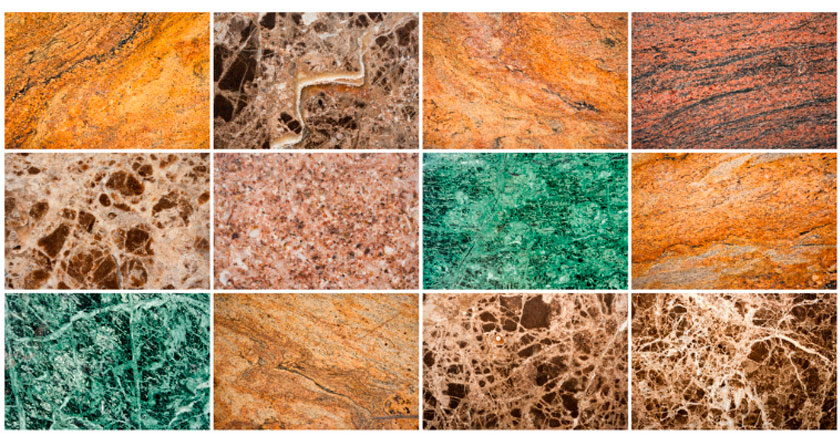
Marble is rich in color, usually white, gray, red or brown. It has smooth and textured, very beautiful natural patterns, sometimes granular and shiny patterns, with high decorativeness, and can be used for interior decoration and architectural decoration.
4. Different uses
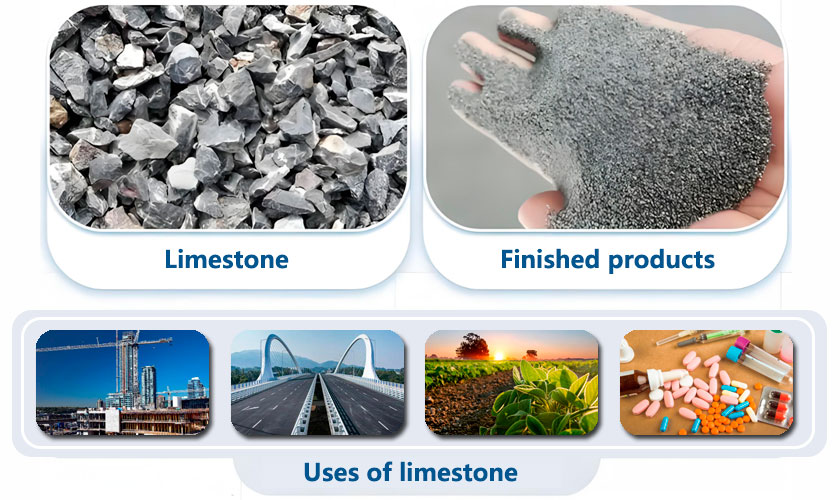
Limestone has moderate hardness, is easy to mine and process, and is widely used in the construction industry to build houses, bridges, roads and other infrastructure. Limestone is also an important raw material for the production of industrial products such as cement, glass, and ceramics, and plays an important role in environmental protection, agriculture and other fields.
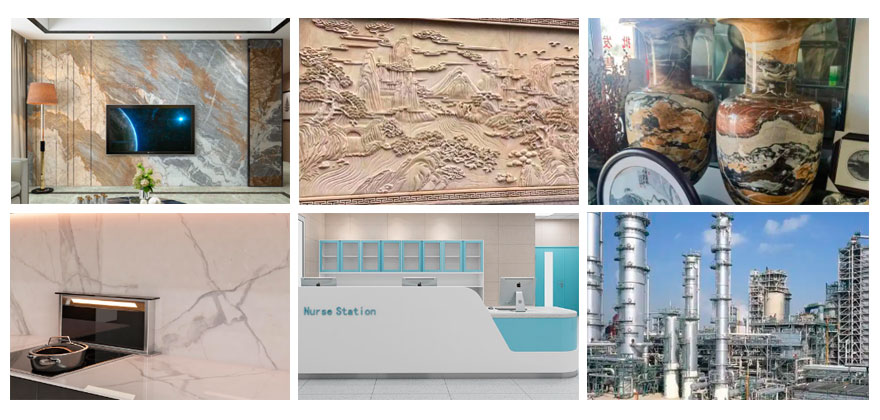
Marble has natural beauty, unique textures, high-end luxury, strong plasticity, corrosion resistance, easy to clean and other characteristics, and is widely used in building decoration, carving, craft products, home accessories, medical equipment, chemical industry and other fields.
5. Different production processes
Limestone grinding process
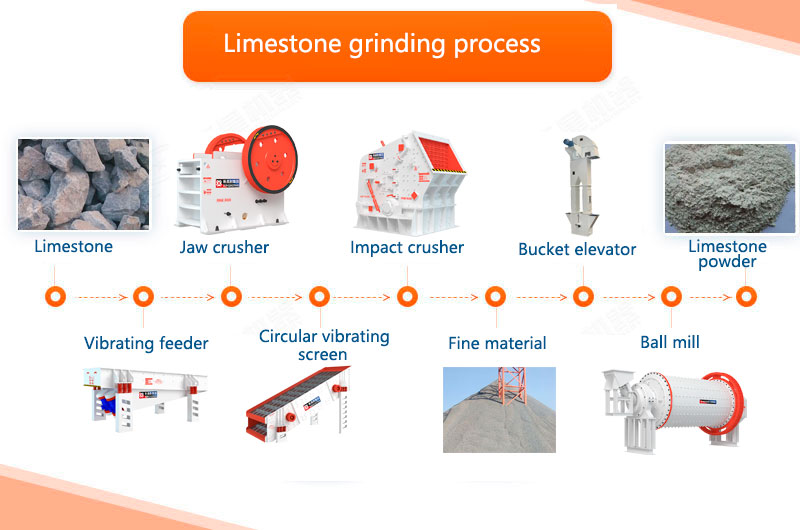
Limestone materials are evenly transported to the jaw crusher by a vibrating feeder for crushing. After the raw materials meet the grinding particle size requirements, they are sent to the storage bin by a bucket elevator, and then evenly sent to the Raymond mill for grinding by an electromagnetic vibrating feeder. The ground powder is blown into the analyzer of the Raymond mill for sorting under the action of the blower. The powder that does not meet the fineness requirements returns to the grinding chamber for grinding. The powder that meets the fineness enters the large cyclone collector with the air flow for separation and collection, and then is discharged through the powder discharge pipe as the finished powder.
Marble crushing and sand making process
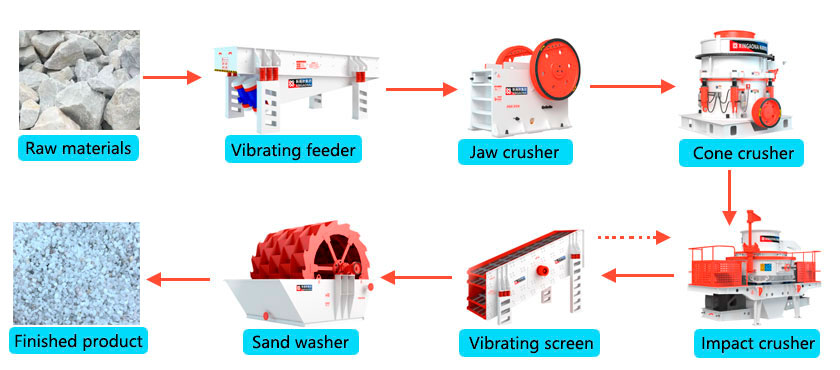
Marble materials are evenly transported to the jaw crusher by a vibrating feeder for primary crushing. The crushed materials are then medium and finely crushed by a cone crusher to meet the large particle size required by the sand making machine. The material is then crushed and shaped by the sand making machine and screened by the vibrating screen. The unqualified material is returned to the sand making machine, and the qualified material is sent to the sand washing machine to clean up impurities. Finally, the finished product is sent to the material storage area.
Author:[Xingaonai]
Comments on “What is the Difference Between Limestone and Marble?”